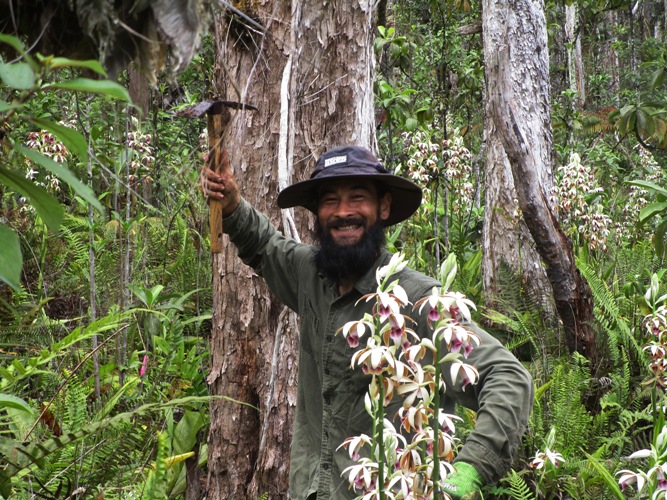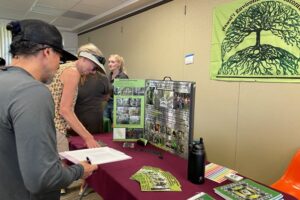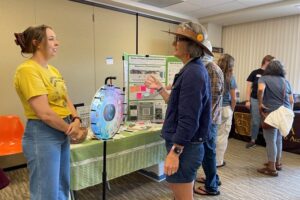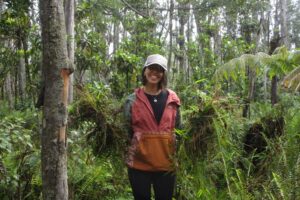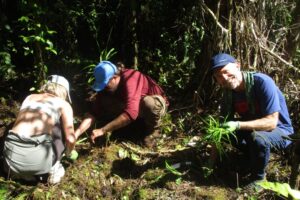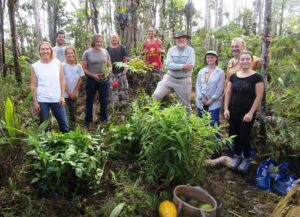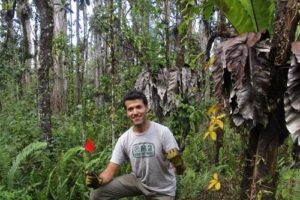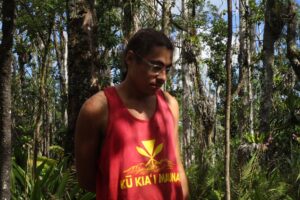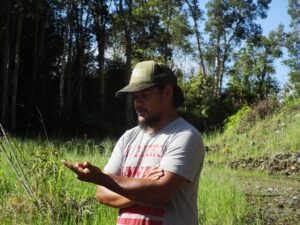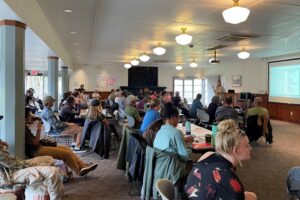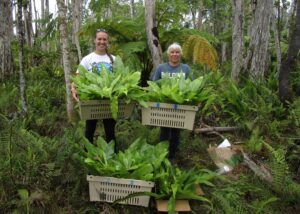Hale Hālāwai O Puna Cultural Mākeke & Hub, on Saturday, May 3rd
HER was privileged to participate in the grand opening of Hale Hālāwai O Puna Cultural Mākeke & Hub, on Saturday, May 3rd in the center of downtown Pāhoa.
This cultural event included Hawaiian protocol by the Royal Order, a traditional ‘Awa Ceremony led by Anake Keone Kala, an Oli and Pule by Leila Kealoha, followed by hula performances from hālau of HaKumu Ehulani Stephany; No‘eau Wo‘o-Obrien; and by Kumu Kini Kaawa and the PHIS ‘Ōpio.
Ours was among a good number of other local community non-profits such as Waiakahi‘ula, Pohaku Pelemaka, and Kupuna housing,  offering information to the public about projects of Puna Lands so intimately tied to culture! The old Akebono space was enlivened by music performances and people of all ages.
offering information to the public about projects of Puna Lands so intimately tied to culture! The old Akebono space was enlivened by music performances and people of all ages.
This was a special event among many to come, in support of the return to sustainable indigenous ways of living on the islands!

















































